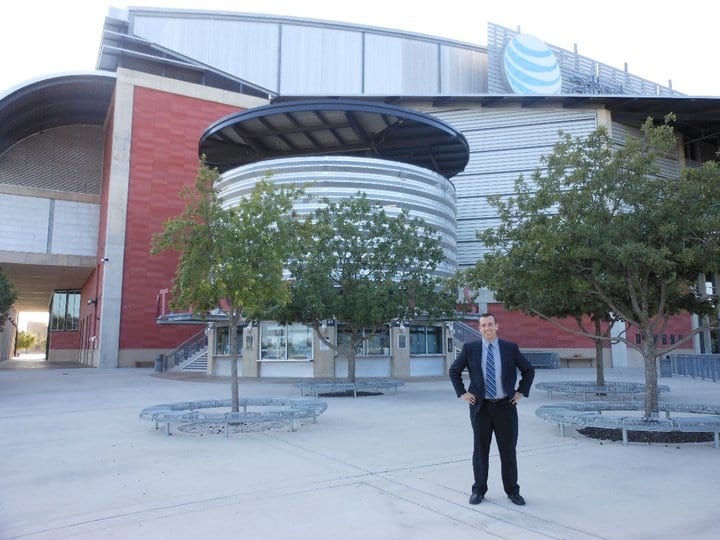by Daniel Venegas – September 2015 Identifying At-Risk Accounts Many factors go into the buying decision whenever customers receive renewal invoices. Team performance, usage, cost, and value are just a few of the buzz words we hear every year. The issue is knowing which accounts will bring these up and how to identify them beforehand. Simplifying…Continue Reading Increase Season Ticket Renewals by Identifying At-Risk Accounts
Increase Season Ticket Renewals by Identifying At-Risk Accounts









